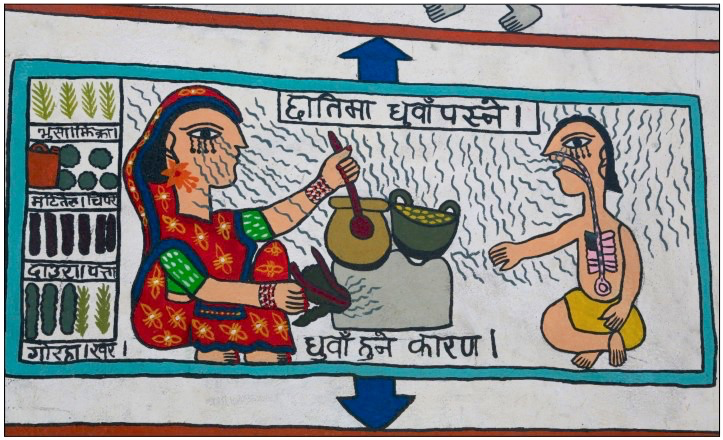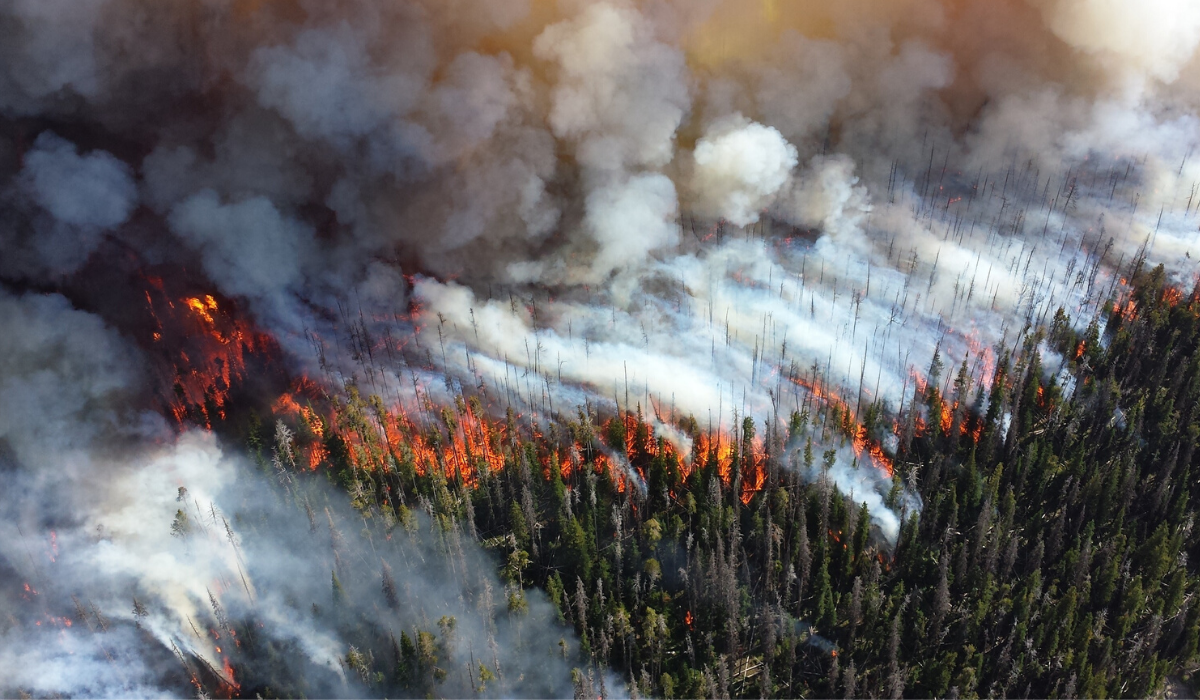


I woke up Saturday, April 25th to this e-mail from Jai Rajbhandari; my good friend and colleague in Kathmandu
“Just had a terrible earthquake. Going on till now sibce noon. No mre bhimsen tower. We are fine”.
(His hurried spelling on his phone – just very grateful that he let us know that they were OK).
His and his family’s life, and all of Nepal, has been turned upside down since then. For one week the global news-cycle was dominated by #NepalEarthquake, but it has now been replaced by #RoyalBaby, #Deflategate, #Tornados in Oklahoma and Elections in the UK.
But we; all of us; have not forgotten about Nepal
The search for thousands of missing people continues, with an ever-increasing body-count, and the people and the country are struggling to comprehend “what happened”, “what’s next” and “what do we do now”?
Rapid delivery of disaster aid is always a complex process, and it’s exceedingly difficult in Nepal because of geography, access and bureaucratic bungling.
Our first actions were to find out if all our friends and colleagues were OK – they were.
Then we began to assess what we could do, immediately and into the future, and began taking action.
Our US colleague, Dr. Fahim Rahim, had an Everest Basecamp Trek scheduled, which immediately turned into an emergency relief mission. He arrived in Nepal on April 30th and he and his team began, at once, providing medical assistance and delivering life-saving supplies of food and water.
Fahim’s efforts were far reaching and successful – He was able, somehow (he’s resourceful and persuasive) to wrangle helicopters, and his team provided the first help that many isolated villages had seen. He plans to return and continue his marvelous work
We worked with our Himalayan Partners to identify areas (and needs) for immediate emergency relief and on-going rebuilding and restoration. – setting up “programs” – areas where our partners are active, so that we have an on-going connection (and oversight).
The locations include:
We continue to deliver food, water and health care and, crucially, SHELTER because the up-coming monsoons pose a real threat on many levels.
These stoves will be used for mass feeding for people whose homes have been destroyed and who have no means to prepare food for themselves.
Our wonderful and supportive “Stove Partner” Envirofit , is aiding us in this effort. So far we have identified six locations and are evaluating three more – it’s an on-going process. The stoves will leave India for Nepal next week.
The outpouring of (financial) support has been very gratifying and humbling. We’ve raised over $30,000 in the last two weeks, and more is coming in AND MUCH MORE IS NEEDED so that our work can proceed, and so we can help support reconstruction when the immediate life-threatening crisis is over. Every dollar counts (and helps) – the $10 and $25 donations are as meaningful at those for $500, $1,000, $2,000 and $5,000.
Please open your hearts and wallets and continue to support these efforts; your on-going support is vital so we can continue the emergency programs and reconstruction.
We are honored to have been mentioned in several articles and publications as one of the “nimble, small organizations” which can navigate their way through all the chaos, and get things done.
Here’s a link to the May issue of EXPEDITION NEWS where Jeff Blumenfeld does a great job in describing the entire situation, and mentions our efforts in the mass-feeding program:



Thank you for contacting Himalayan Stove Project. You have been successfully subscribed to our newsletter!